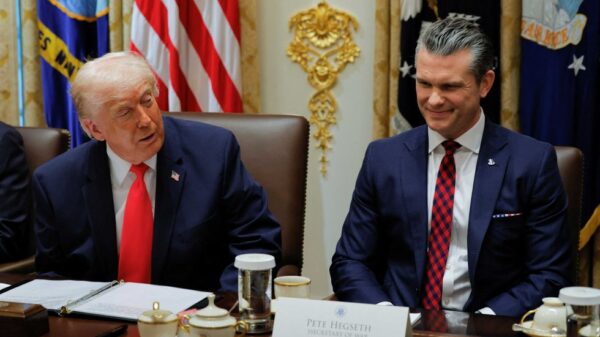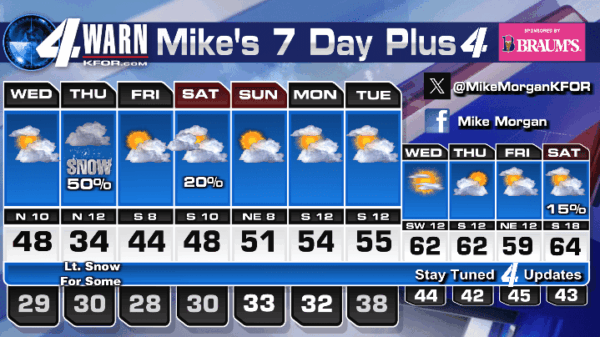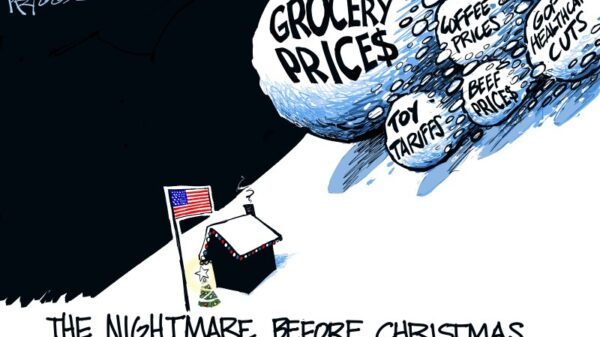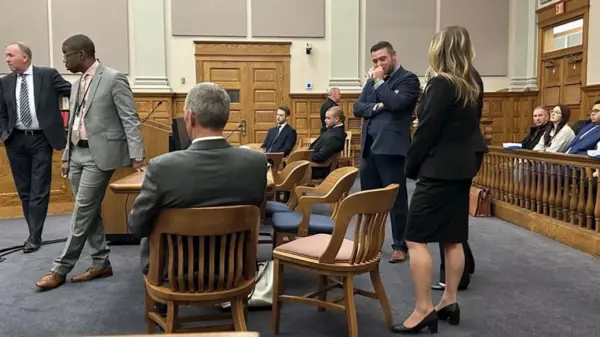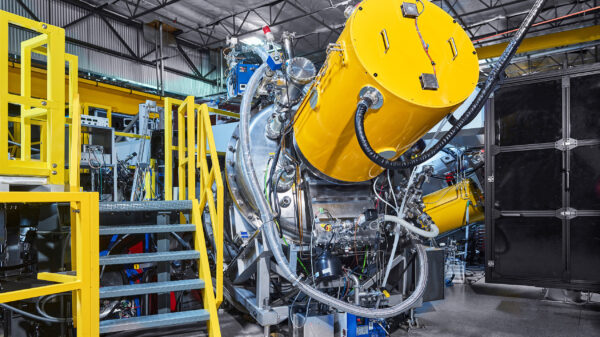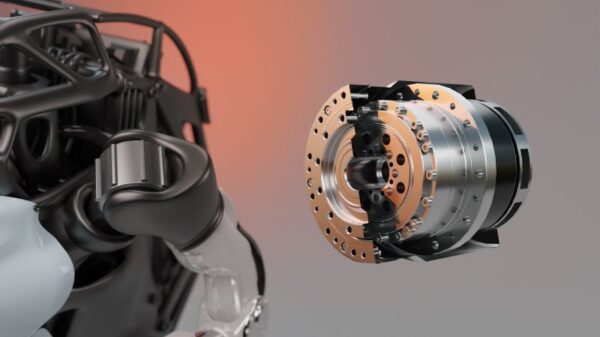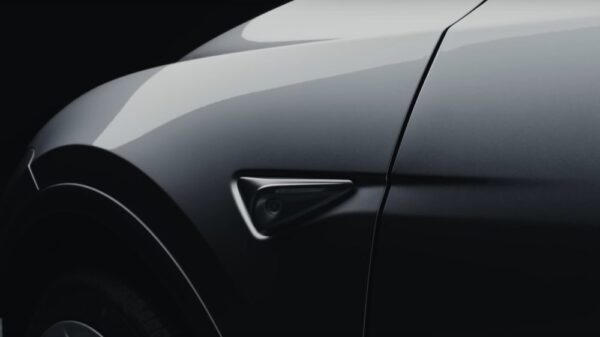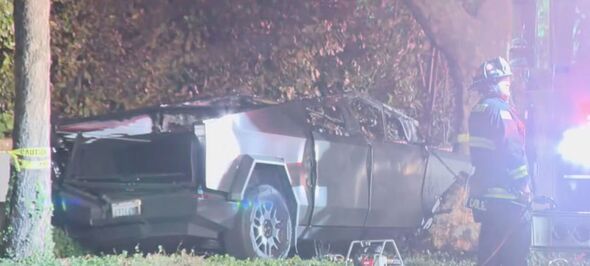UPDATE: The parents of a 19-year-old college student tragically killed in a November 27, 2024 Tesla crash have filed a lawsuit against the automaker, alleging a critical design flaw that trapped their daughter inside the burning vehicle. The incident occurred in Piedmont, California, when a pickup truck, driven by an intoxicated driver, crashed into a tree at high speed, igniting a fire that claimed the life of Krysta Tsukahara.
Court documents reveal that the driver, Soren Dixon, was under the influence of alcohol and drugs at the time of the crash. Only one of the four passengers survived, highlighting the devastating consequences of this incident. The Tsukahara family claims that the Tesla Cybertruck’s door design contributed to their daughter’s death, as the fire disabled the electric door mechanisms, making escape impossible.
According to the lawsuit filed in Alameda County Superior Court, the Cybertruck’s door handle design lacks a functional manual override or emergency release. “The design of this vehicle failed Krysta,” stated attorney Roger Dreyer. “There was no functioning, accessible manual override or emergency release for her to escape.”
The night of the crash, a friend following the Cybertruck witnessed the horrific accident. He attempted to rescue the passengers by breaking a window but was only able to save one. Tragically, Krysta had already succumbed to fatal burns and smoke inhalation by the time help arrived.
“Her death was preventable,” the Tsukaharas said in a statement. “She was alive after the crash. She called out for help. And she couldn’t get out.” The family is also pursuing legal action against Dixon’s estate, as he too was killed in the crash.
The lawsuit raises significant concerns about Tesla’s iconic flush door handles, which have drawn scrutiny from safety experts and are currently under investigation by the National Highway Traffic Safety Administration. Tesla’s design, while visually appealing, has been accused of increasing the risk of entrapment during emergencies.
“Tesla had repeated and direct notice that its reliance on electronic door systems created a serious risk of entrapment,” the lawsuit asserts. Reports indicate that prior incidents have been documented where Tesla occupants survived collisions but were unable to escape when electrical power failed and fire ensued.
This urgent legal action not only seeks justice for Krysta Tsukahara but also highlights pressing safety concerns about electric vehicle designs. As investigations continue, the impact of this lawsuit may resonate far beyond this tragic incident, potentially affecting future designs and regulations in the automotive industry.
As the situation develops, all eyes will be on the courtroom proceedings and the implications for Tesla and vehicle safety standards. This case raises critical questions about product safety and the responsibilities of automakers in ensuring the safety of their vehicles.




